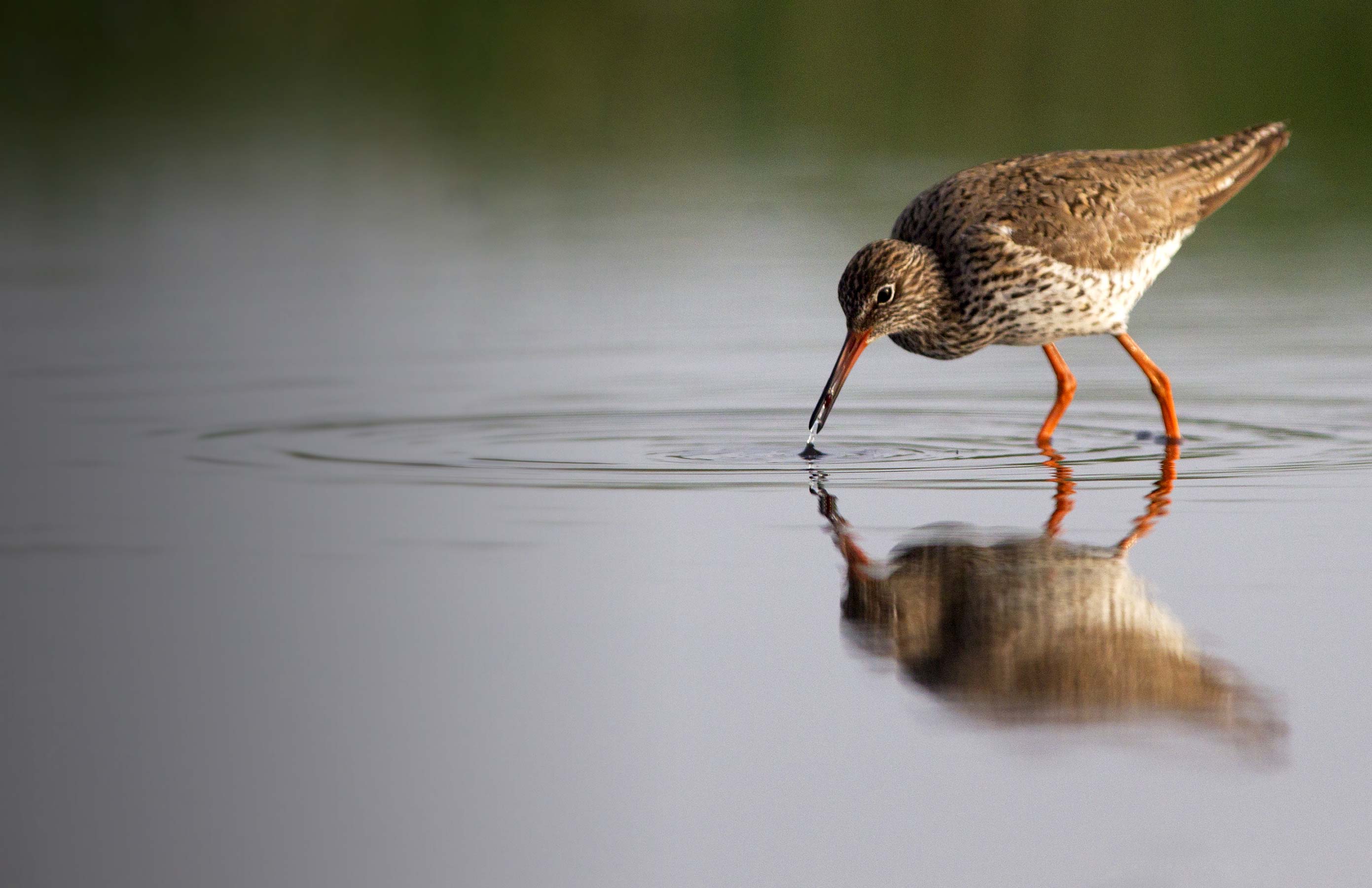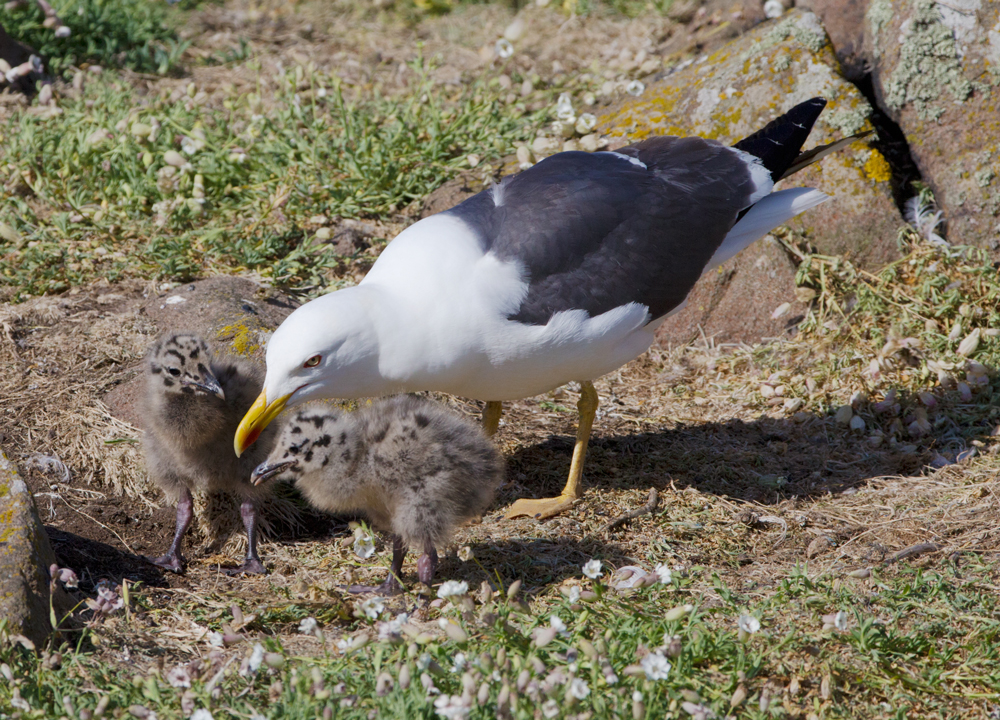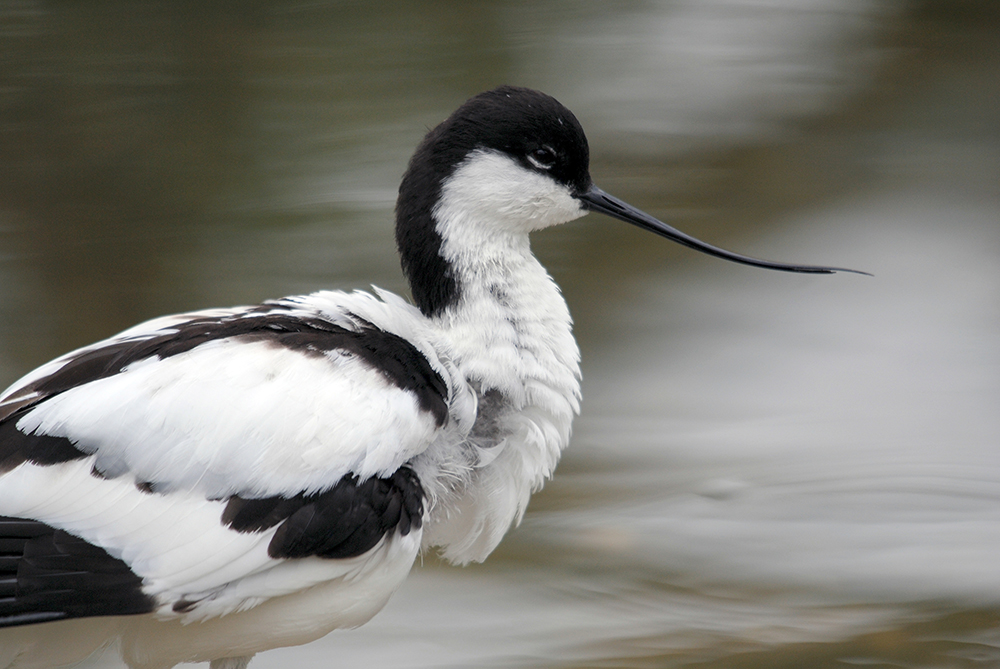BTO create and publish a variety of important articles, papers, journals and other publications, independently and with our partners, for organisations, government and the private sector. Some of our publications (books, guides and atlases) are also available to buy in our online shop.
Annual report of the Seabird Monitoring Programme
Seabird Population Trends and Causes of Change: 1986–2023
This report presents the latest seabird population trends in breeding abundance and productivity using data from the Seabird Monitoring Programme (SMP).
The report documents changes in the abundance and productivity of breeding seabird species in Britain and Ireland from 1986 to 2023, and provides a detailed account of the 2021, 2022 and 2023 breeding seasons.

Search settings
Addressing Uncertainty in Marine Resource Management; Combining Community Engagement and Tracking Technology to Characterize Human Behavior
Author: Metcalfe, K., Collins, T., Abernethy, K. E., Boumba, R., Dengui, J.-C., Miyalou, R., Parnell, R. J., Plummer, K. E., Russell, D. J.F., Safou, G. K., Tilley, D., Turner, R. A., VanLeeuwe, H., Witt, M. J. & Godley, B. J.
Published: 2017
Small-scale fisheries provide an essential source of food and employment for coastal communities, yet the availability of detailed information on the spatiotemporal distribution of fishing effort to support resource management at a country level is scarce. Here, using a national-scale study in the Republic of Congo, we engaged with fishers from 23 of 28 small-scale fisheries landing sites along the coast to demonstrate how combining community engagement and relatively low cost Global Positioning System (GPS) trackers can rapidly provide fine-scale information on: (1) the behavioral dynamics of the fishers and fleets that operate within this sector; and (2) the location, size and attributes of important fishing grounds upon which communities are dependent. This multidisciplinary approach should be considered within a global context where uncertainty over the behavior of marine and terrestrial resource-users can lead to management decisions that potentially compromise local livelihoods, conservation, and resource sustainability goals.
01.10.17
Papers
Implicit assumptions underlying simple harvest models of marine bird populations can mislead environmental management decisions
Author: O'Brien, S.H., Cook, A.S.C.P. & Robinson, R.A.
Published: 2017
Assessing the potential impact of additional mortality from anthropogenic causes on animal populations requires detailed demographic information. However, these data are frequently lacking, making simple algorithms, which require little data, appealing. Because of their simplicity, these algorithms often rely on implicit assumptions, some of which may be quite restrictive. Potential Biological Removal (PBR) is a simple harvest model that estimates the number of additional mortalities that a population can theoretically sustain without causing population extinction. However, PBR relies on a number of implicit assumptions, particularly around density dependence and population trajectory that limit its applicability in many situations. Among several uses, it has been widely employed in Europe in Environmental Impact Assessments (EIA), to examine the acceptability of potential effects of offshore wind farms on marine bird populations. As a case study, we use PBR to estimate the number of additional mortalities that a population with characteristics typical of a seabird population can theoretically sustain. We incorporated this level of additional mortality within Leslie matrix models to test assumptions within the PBR algorithm about density dependence and current population trajectory. Our analyses suggest that the PBR algorithm identifies levels of mortality which cause population declines for most population trajectories and forms of population regulation. Consequently, we recommend that practitioners do not use PBR in an EIA context for offshore wind energy developments. Rather than using simple algorithms that rely on potentially invalid implicit assumptions, we recommend use of Leslie matrix models for assessing the impact of additional mortality on a population, enabling the user to explicitly define assumptions and test their importance.
01.10.17
Papers
Results of the third Non-Estuarine Waterbird Survey, including Population Estimates for Key Waterbird Species
Author: Graham Austin, Teresa Frost, Heidi Mellan, Dawn Balmer
Published: 2017
During December, January and February of the winter of 2015/16 the BTO organised the third Non-estuarine Waterbird Survey (NEWS III), the fourth in a series of coordinated winter surveys of the non-estuarine coast of the UK, following the Winter Shorebird Count (WSC) in 1984/85 (Moser 1987), NEWS I in 1997/98 (Rehfisch et al. 2003) and NEWS II in 2006/07 (Austin et al. 2008).
01.10.17
Reports

Assessing the habitat use of Lesser Black-backed Gulls (Larus fuscus) From the Bowland Fells SPA.
Author: Clewley, G.D., Scragg, E.S., Thaxter, C.B. & Burton, N.H.K.
Published: 2017
The Bowland Fells Site of Special Scientific Interest (SSSI) and Special Protection Area (SPA) is located to the east of Lancaster within north Lancashire. It supports the largest area of blanket bog and heather moorland within Lancashire and provides a habitat for an internationally important upland breeding bird community. The diverse mosaic of upland habitats across the Fells contributes greatly to the ornithological interest of the site, which supports breeding Hen Harrier (Circus cyaneus) (at its only regular breeding site in England), Merlin (Falco columbarius) and one of the five largest UK breeding colonies of Lesser Black-backed Gull (Larus fuscus), which is a SPA review (Stroud et al. 2001) and pSPA (potential SPA) feature.
20.09.17
Reports

Consequences of population change for local abundance and site occupancy of wintering waterbirds
Author: Méndez, V., Gill, J.A., Alves, J.A., Burton, N.H.K. & Davies, R.G.
Published: 2017
Protected sites for birds are typically designated based on the site’s importance for the species that use it. For example, sites may be selected as Special Protection Areas (under the European Union Directive on the Conservation of Wild Birds) if they support more than 1% of a given national or international population of a species or an assemblage of over 20,000 waterbirds or seabirds. However, through the impacts of changing climates, habitat loss and invasive species, the way species use sites may change. As populations increase, abundance at existing sites may go up or new sites may be colonized. Similarly, as populations decrease, abundance at occupied sites may go down, or some sites may be abandoned. Determining how bird populations are spread across protected sites, and how changes in populations may affect this, is essential to making sure that they remain protected in the future.
20.09.17
Papers
